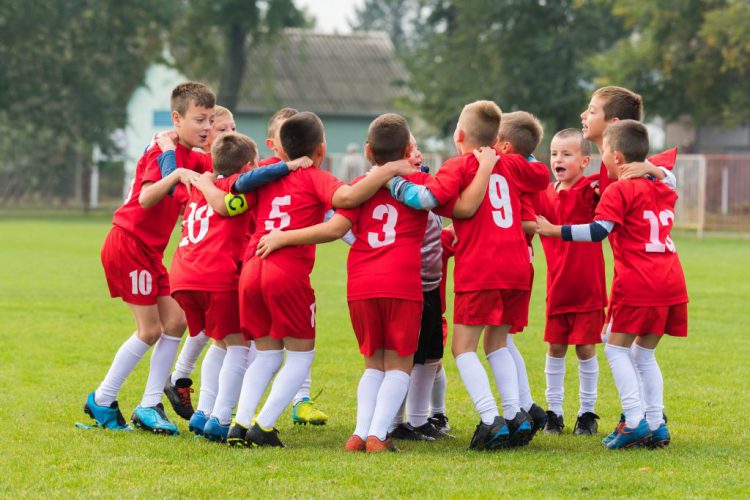
Exercise for children and teens

Current Environment
It is common to find both extremes of physical fitness in children and teens. Some show a significant lack of physical activity, which can lead to obesity and general health problems. But there is also a category of young people who are pushed to the limit to excel in their chosen sport. Which is most appropriate, or at least, less damaging? Neither.
Basic Principles
First, it is important to encourage children to play and have fun. These should be the main motivators that get them moving, not achievement. Progressing gradually is as important for children as it is for adults when it comes to strength, energy, and flexibility.
Certain organizations do adopt very aggressive attitudes, focused on achievement. However, that kind of environment results in more frequent injuries, caused by trauma or overuse. Children should develop their motor skills through games and exploration. These days, opportunities for young people to play freely are limited. Unfortunately, emphasis has been placed on making rapid progress in a specific sport.
But premature specialization can lead to burnout, overuse, and repeated injuries. It’s better to prioritize practical exercises based on core athletic abilities like running, jumping, throwing, acrobatics and balance. All of these skills should be explored before choosing to specialize in one sport. In fact, mastery of these basic skills is fundamental to the recovery process for any injuries children may receive, no matter which sport they choose.
Recommendations: Muscle Strengthening
It’s important to provide children with an environment that is secure, functional, and supervised. Most training equipment isn’t adapted for the morphology and abilities of children, even prior to puberty. Using body weight or free weights is a recommended alternative, and supports a healthier rate of improvement. Basically, young people can be encouraged to take part in measured, supervised strengthening exercises with the right equipment.
It has also been proven that strengthening exercises do not cause muscle gain in children, due to to the lack of hormonal stimulation. However they do improve endurance and the adaptability of the nervous system For this reason, children should be encouraged to do multiple repetitions rather than increase the weight.
Risk Factors of Overtraining
- Fragility of the growth plates, danger of stress fractures;
- Hypermobility, danger of dislocation;
- Lack of neuromuscular adaptation, danger of tears.
Advice and Conclusion
It’s important to start with the basics. Children and teens need exercise, but it needs to be varied, supervised, progressive, and done primarily for fun. When injuries occur, it’s important to consult a physiotherapist who can help the young person assess the cause of the injury, receive the necessary treatment, and get advice about exercises to add or adjustments to make to his/her workout.


